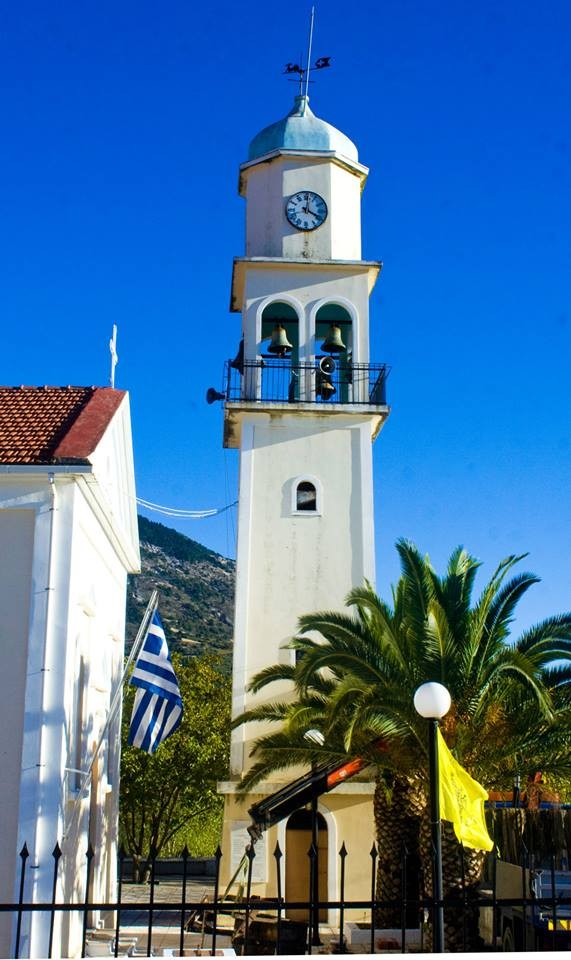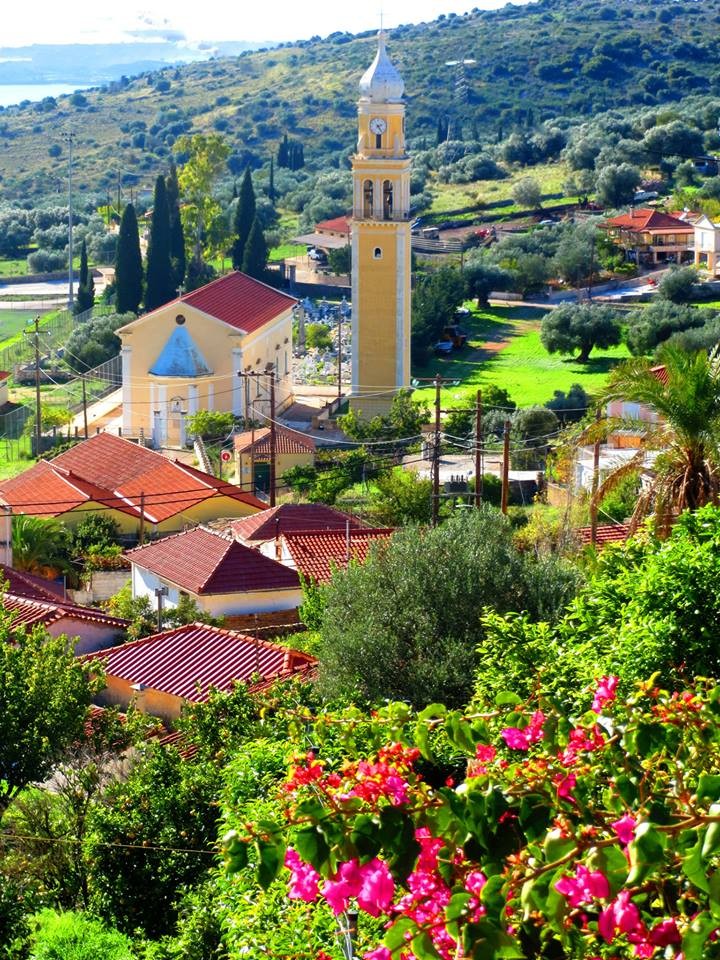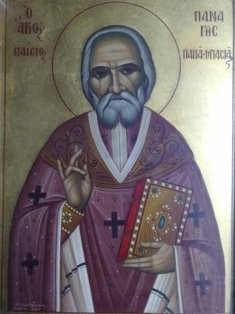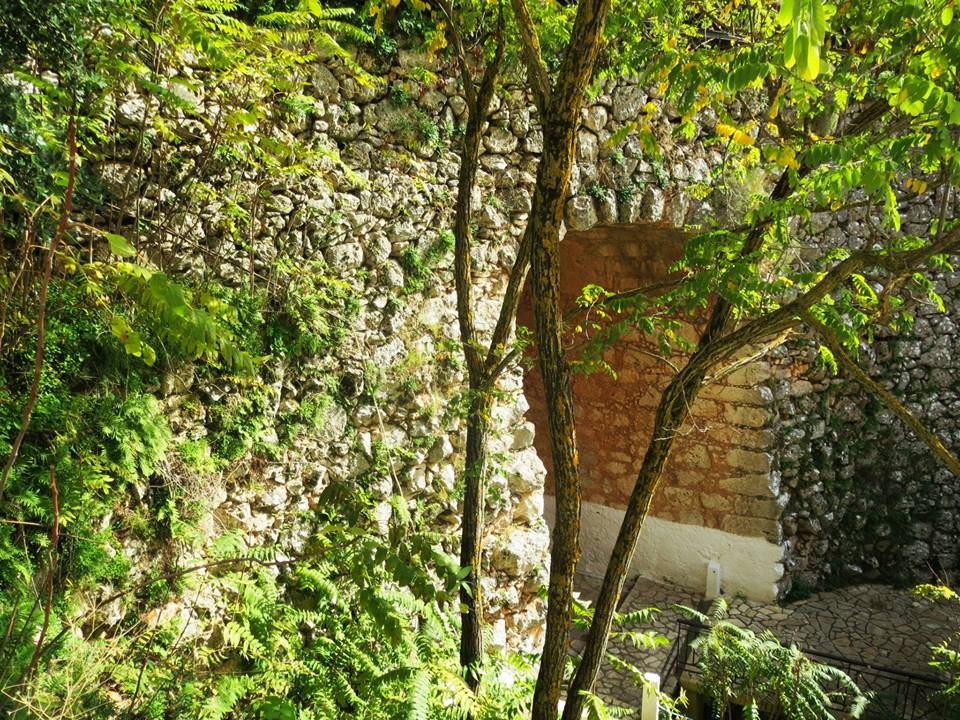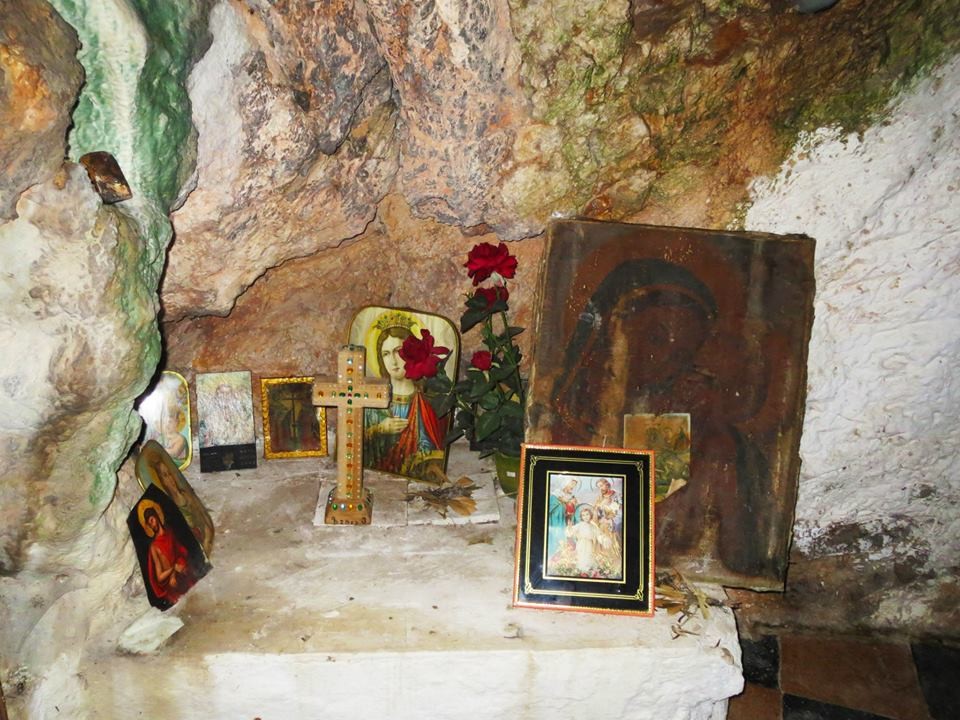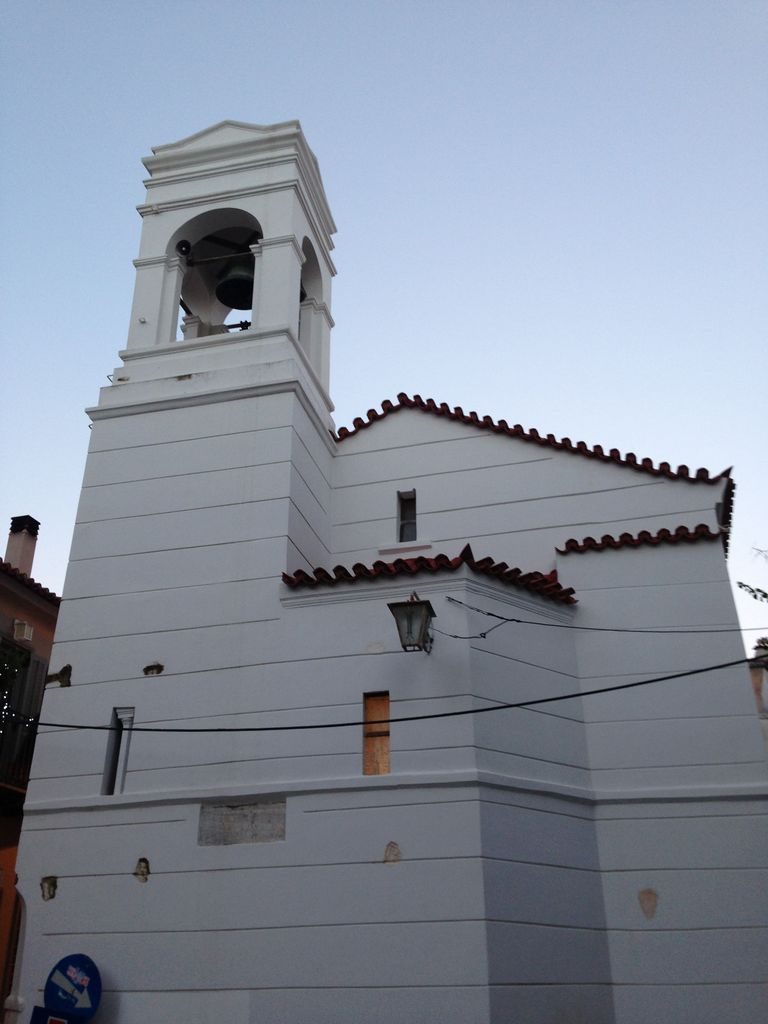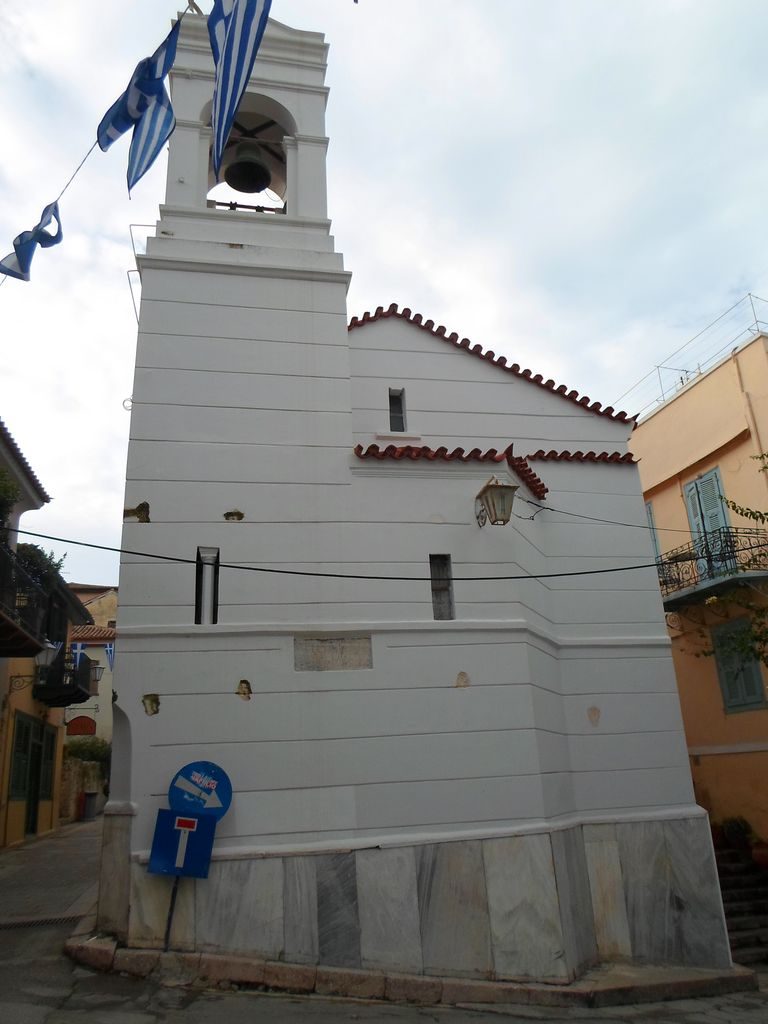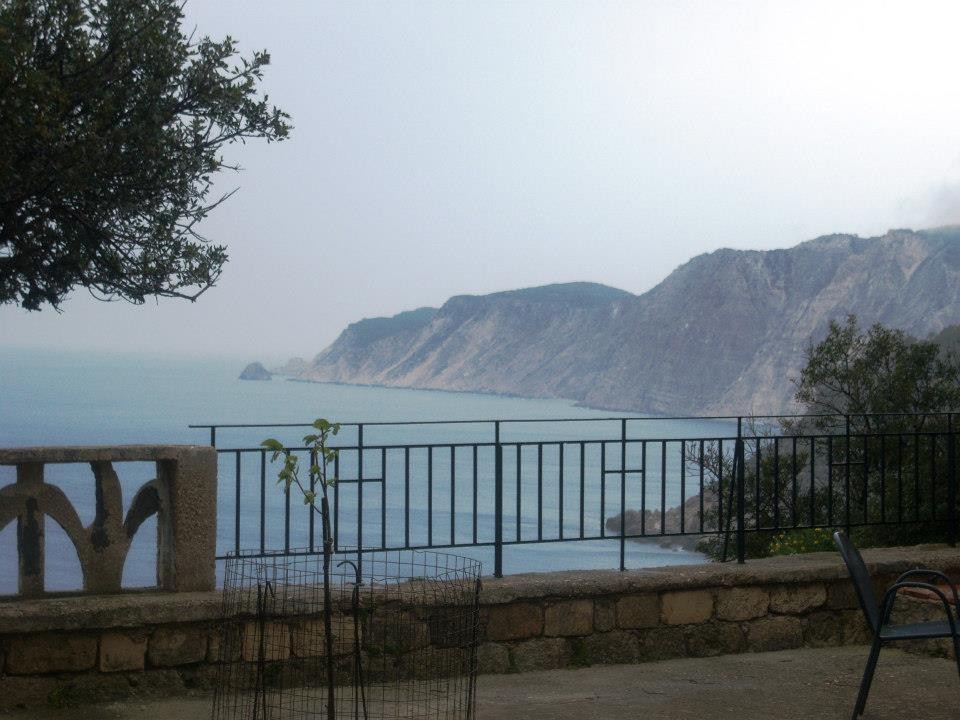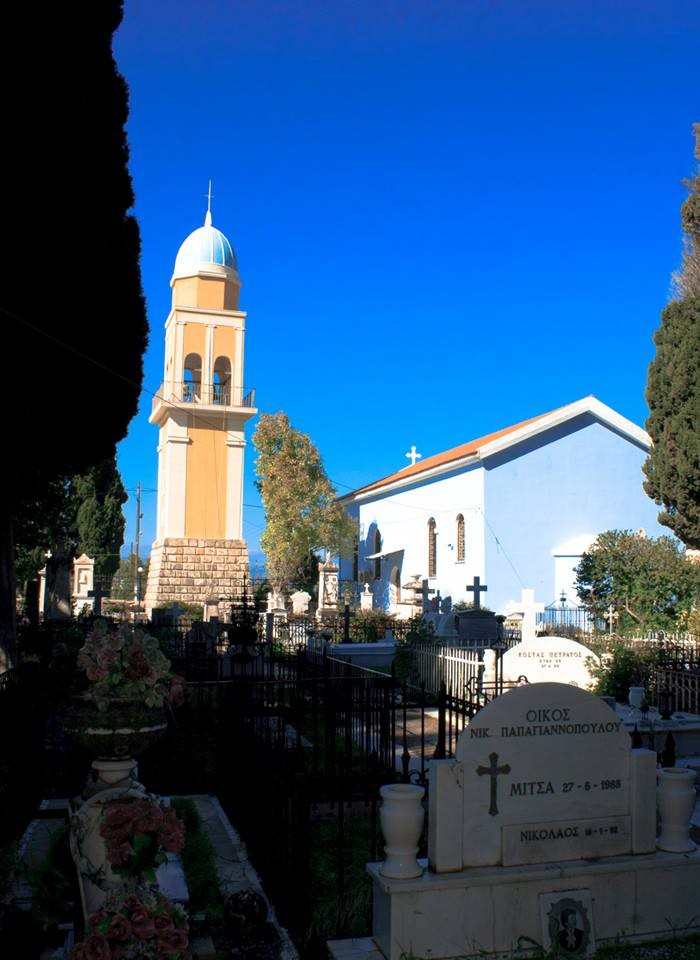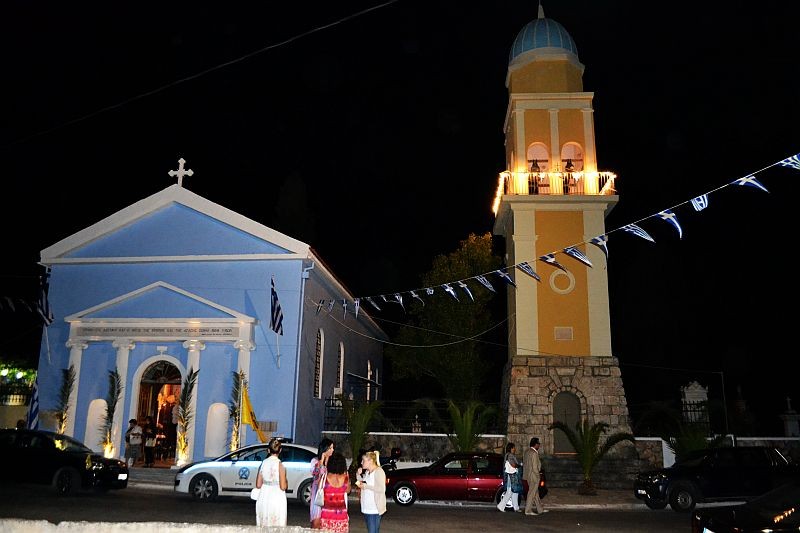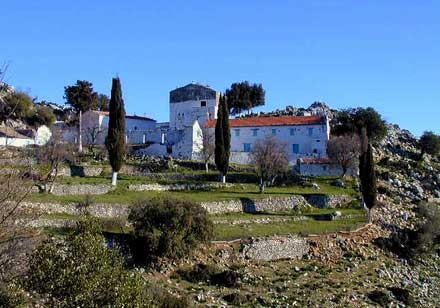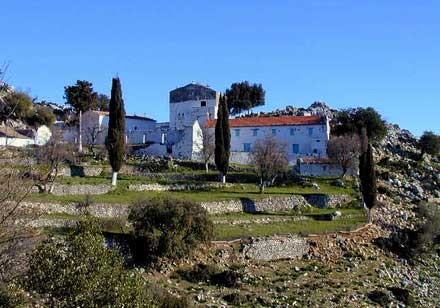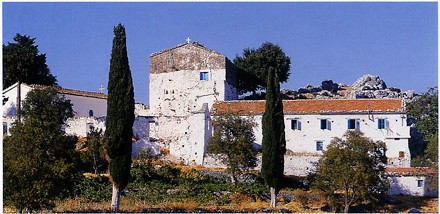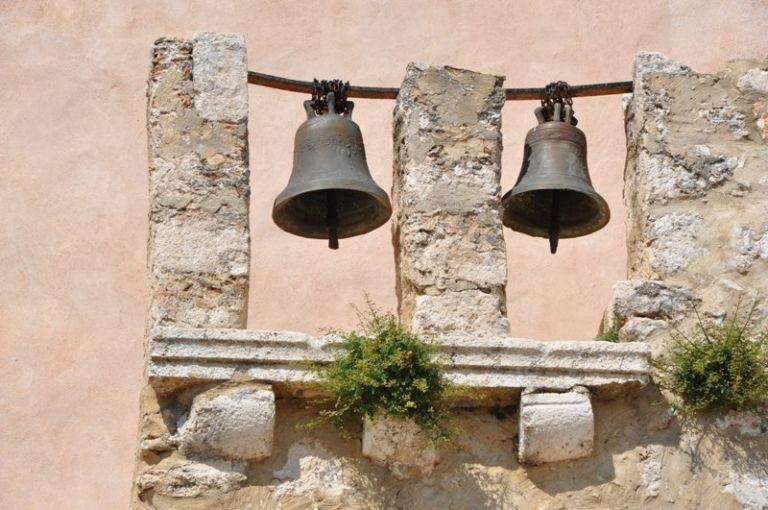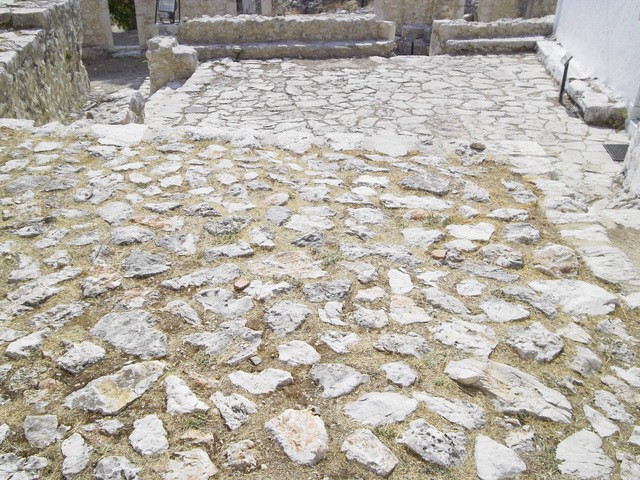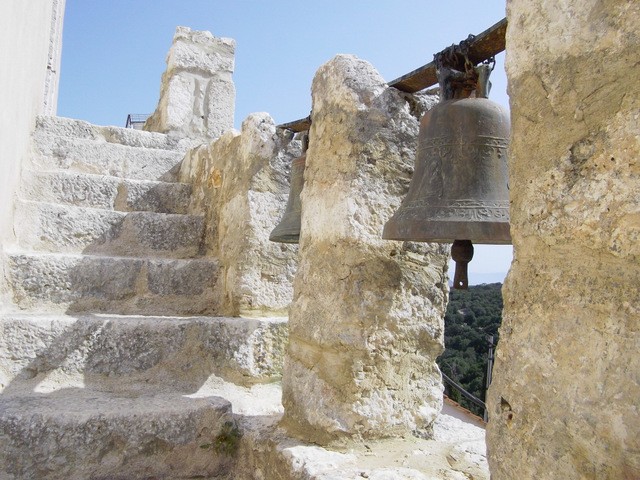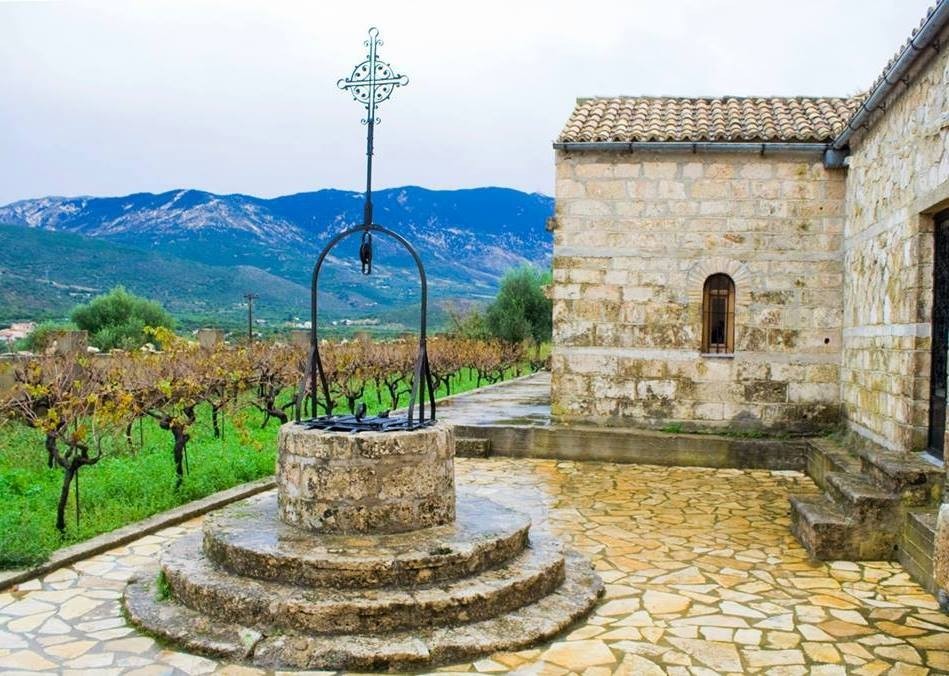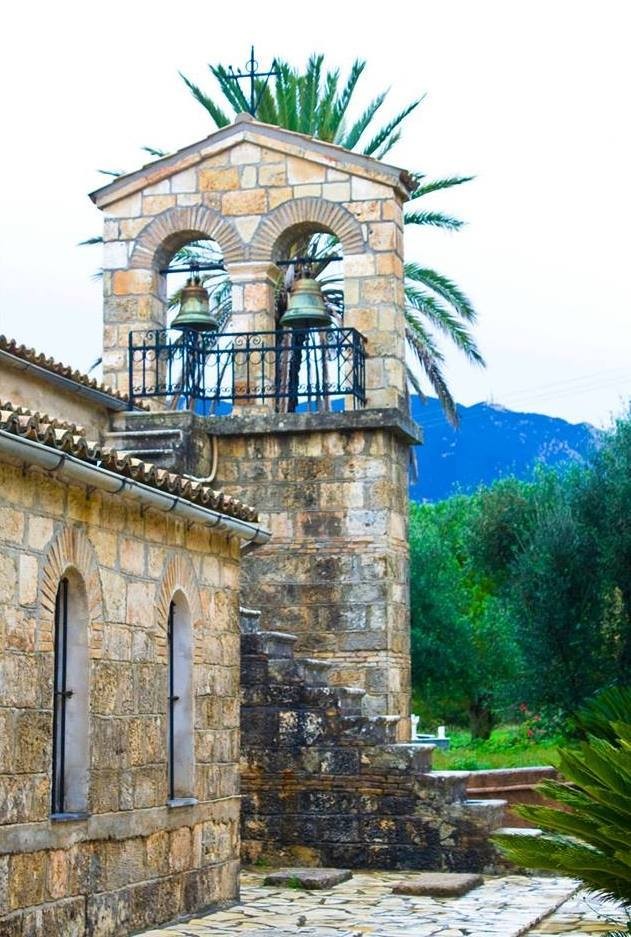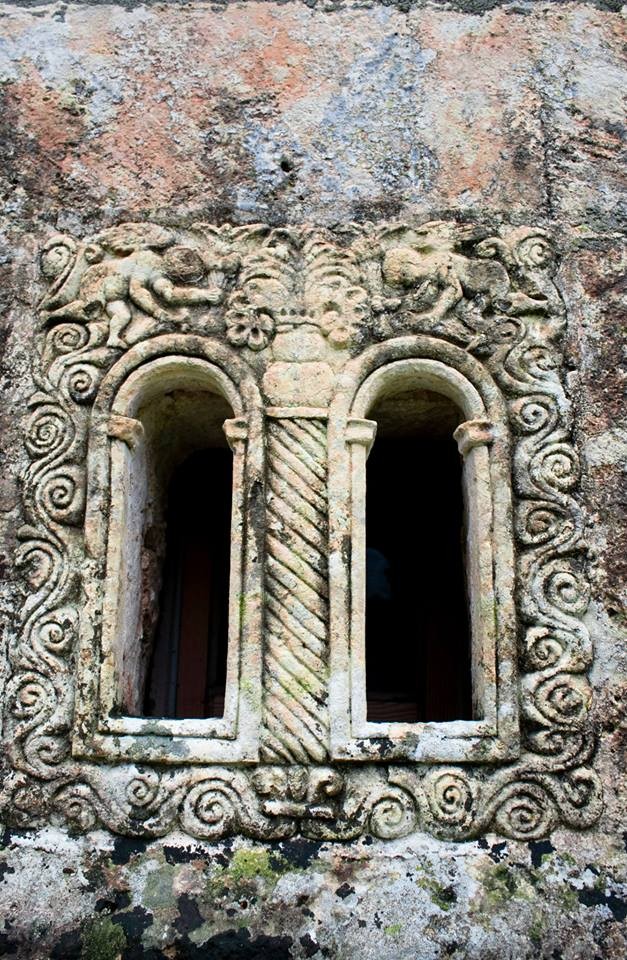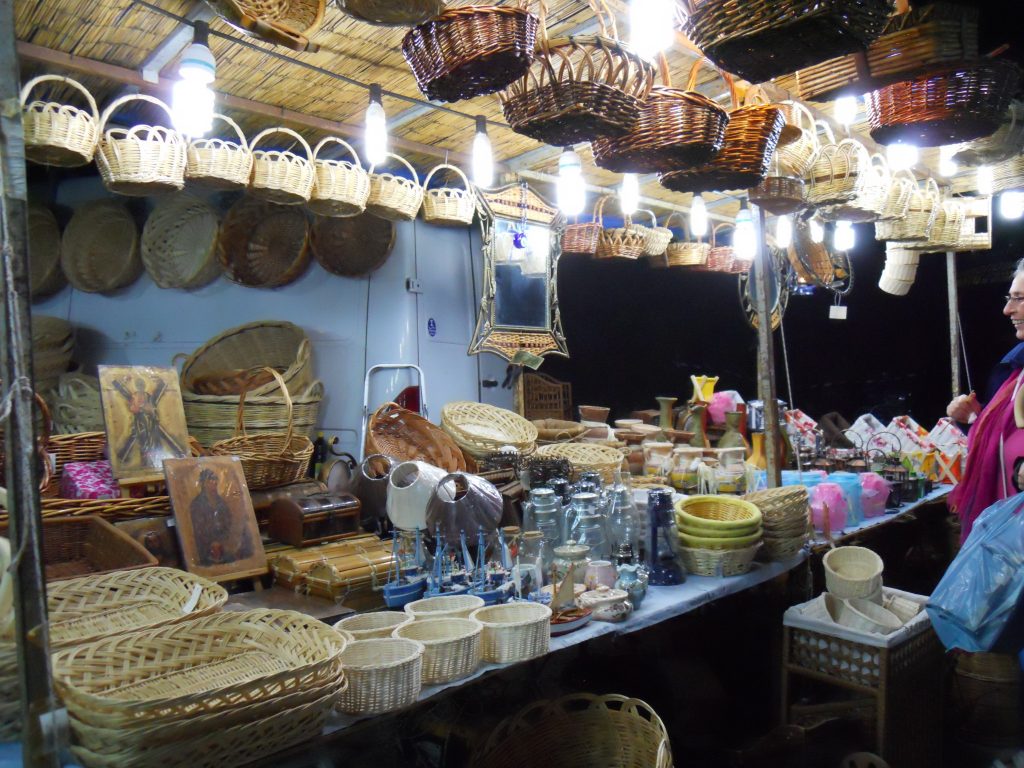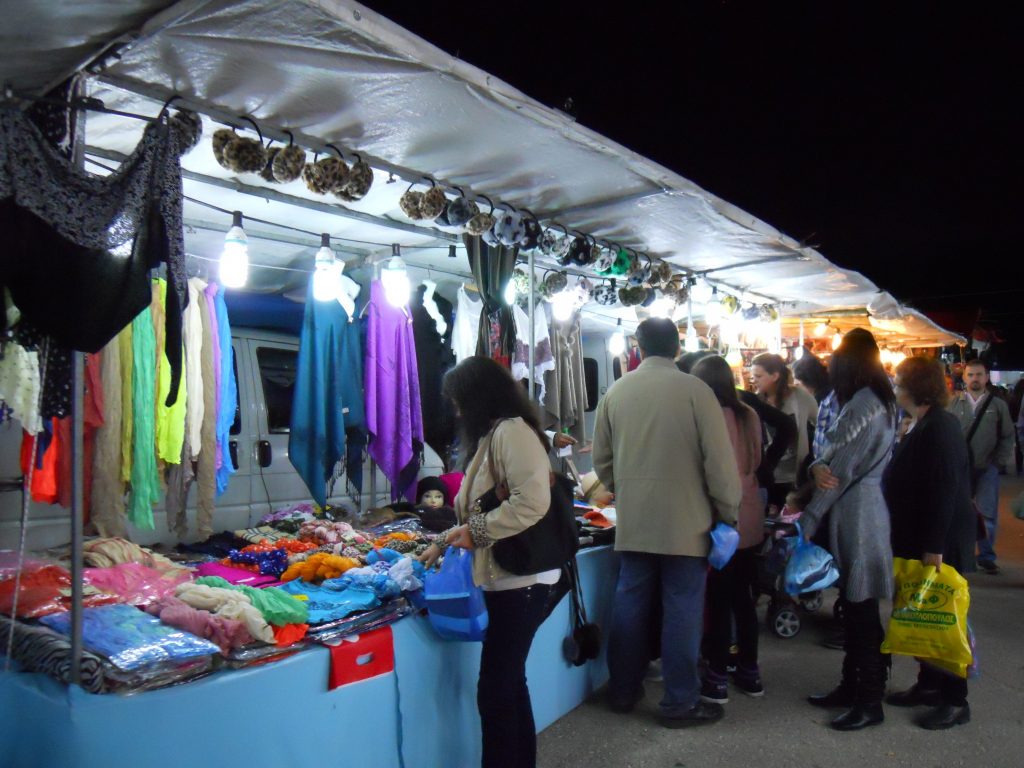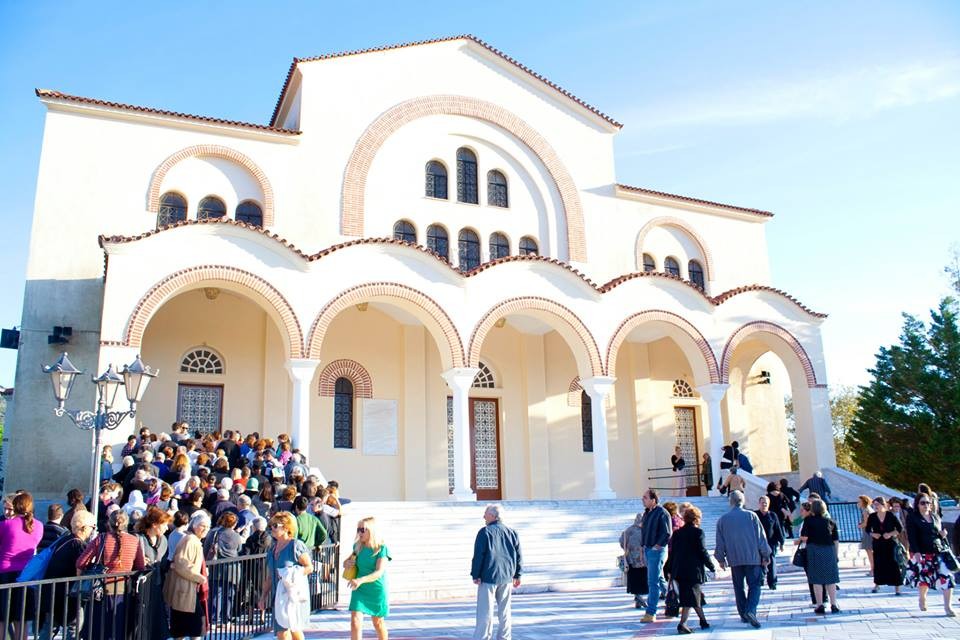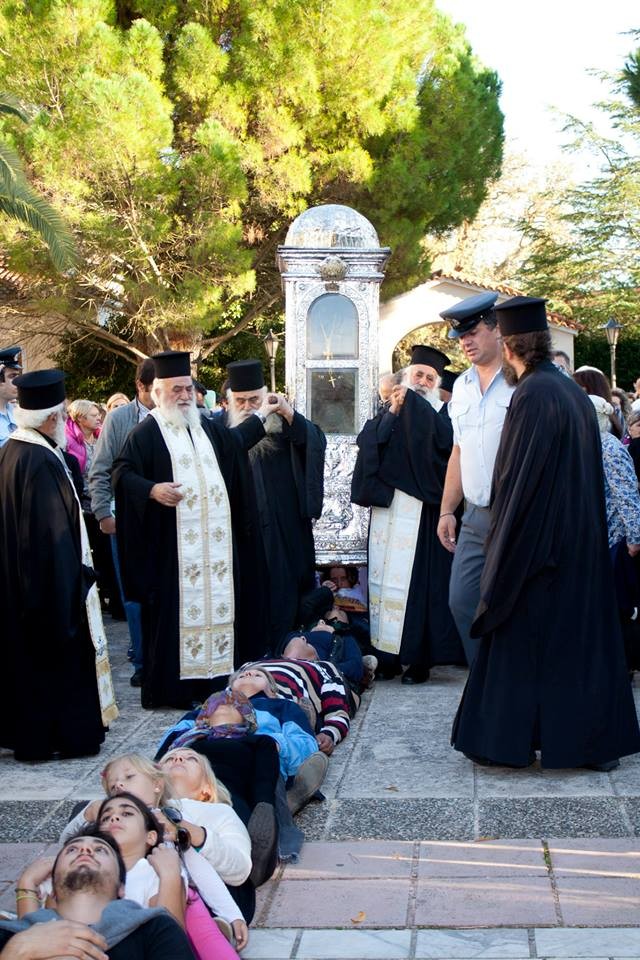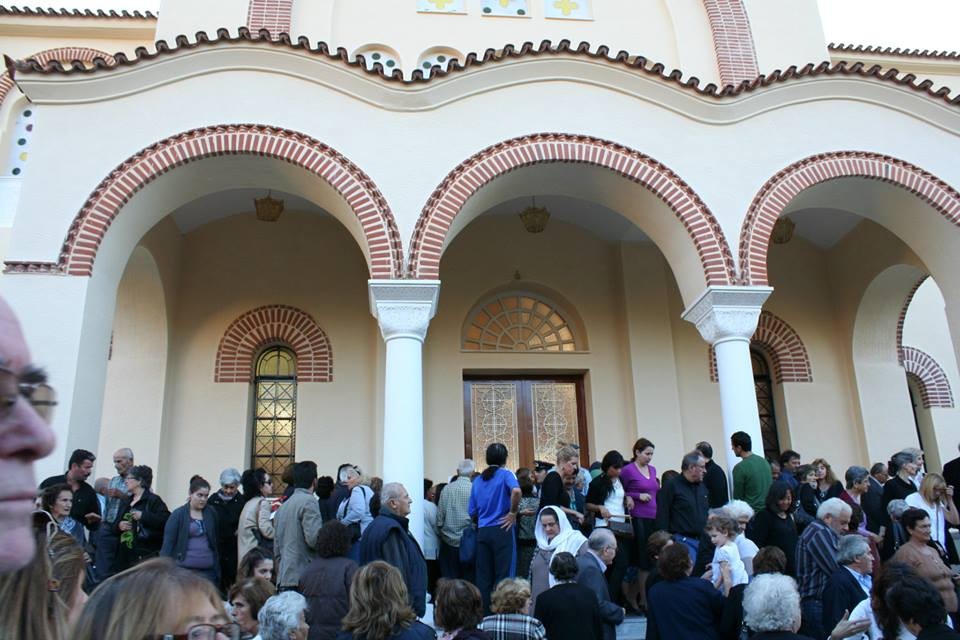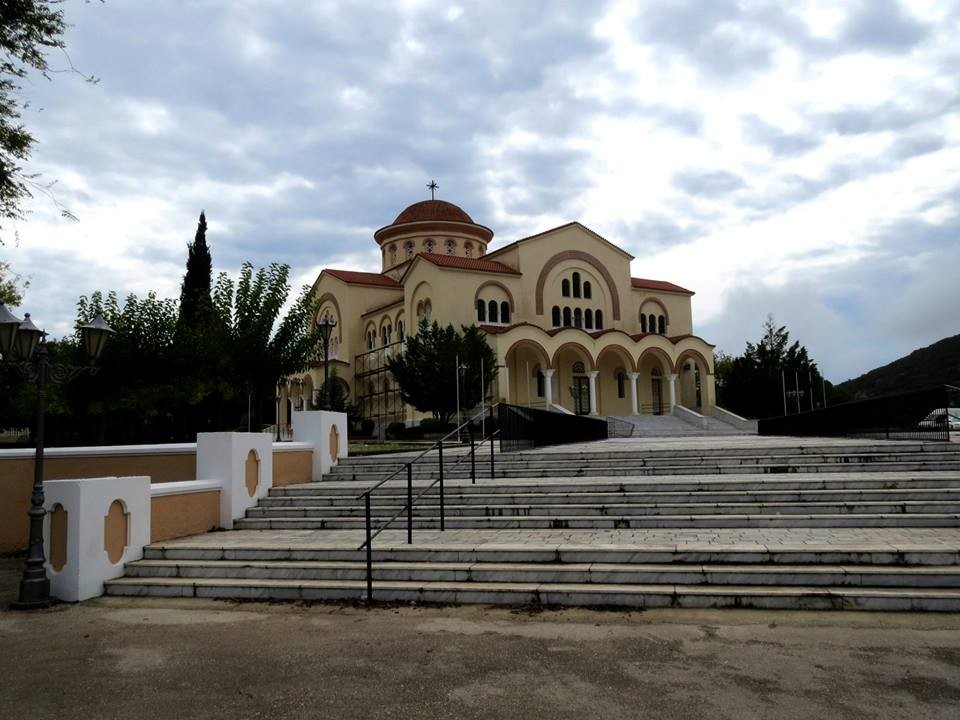Kefalonia - Churches
The religious tradition of Kefalonia is evident in every step of the visitor at the island. The churches, from the smallest ones to the most important monastery, are an integral part of people's lives and the landscape of the towns, villages and the environs of the island in general. The church of each village is usually a unique attraction, with many being strongly influenced by elements imposed by the Venetian rule and then incorporated into the tradition of Kefalonia.
Among the churches of Kefalonia, a prominent position is held by the Holy Monastery of St. Gerasimos, the patron saint of the island, built in the 16th century, in Omala. The Monastery Atros in Poros has its roots in the 8th century, while in the Monastery of Saints Fanenton in Sami lie the remains of the homonymous local saints.
In Lithostroto, the main pedestrian street in Argostoli, is located the Catholic Church of St. Nicholas, in the St. George's Castle is the church of the Annunciation of the 16th century, and in Markopoulo, the miraculous Virgin Fidoussa, one of the miracles that takes place every year on the island. The Virgin Drapaniotissa is the patron saint of Argostoli and St. Andrews Milapidias hosts the relic of the foot of the Apostle Andrew and has a rich ecclesiastical museum.
-
Monastery of Sission

The Monastery of Sission in Kefalonia it is said that was founded by Francis of Assisi in the 13th century and you can still admire the impressive medieval building. Read more
-
-
Church of the Archangels in Valsamata

It is the main church in Balsamata of Kefalonia on plateau of Omala. A big festival every year on November 7th and 8th takes place there on eve and the day of the celebration of the Archangels. Read more
-
-
Church of Saint Dimitrios- Evaggelistria, Faraklata

The high steeple of this church is visible from afar! It reaches 42 meters in height and to reach the ringer on bells someone must climb 102 stairs! It is built in 1994 similar to the one that was destroyed during the earthquake of 1953. The central church was built in Faraklata in 1851 in Ionian style with ornate gates and thoughtful details . During the German occupation it was bombed and severely damaged , but restored on the basis of the original edifice. It is considered one of the largest churches across Kefalonia. Every year, on March 25th there is a big festival with participation from all over the island. Read more
-
-
Chruch of Mother of God Sissiotissa

It is located on the beach of Argostoli near the end of the Bridge of Devosseto and it is a church of Byzantine style which in its present form was built in 1957. The story of Sissiotissa begins much earlier as it is said that Francis of Assisi founded here the original church at the end of the 18th century. The name of the church originates from Assisi, as a paraphrase of the placename . It worked as a Catholic chapel until he fell into the hands of the Orthodox people of the city. In 1860 the original building was demolished and in its place a new more majestic church was built to satisfy the needs of people from Argostoli. The Kontomichalos, Momferatos and Peristianos families undertook the construction of the new building, the basilica with dome, in Byzantine style , which was used as a cathedral of the city until 1895. The devastating earthquake of 1953 completely razed the building of 1860 to build the current building with the help of the Greek army in 1957. The Virgin Mary Sissiotissa celebrated on November 21st, but here it is celebrated in grand style every year by the Metropolitan of Kefalonia, the Feast of the Epiphany and the Blessing of the Waters. If you find yourself in Sissiotissa, give your attention to the icon of Virgin Mary Portaiitissa, work of 1826 by Andreas Fokas – Cosmetatos. Read more
-
-
Saint Panagis Bassias

Saint Panagis Bassias lived in Kefalonia in the 19th century and was sanctified by the Orthodox Church on September 7th, 1986. He was born in 1801 in Lixouri, where he lived most of his life. Initially he worked as a teacher, unable to tolerate the English domination he quit his job and became a monk at the monastery of Virgin Mary Vlacherna at the island Dias, on the shores of Palliki. Returning from there he was ordained priest and dedicated to the service of the church. He had as a base for more than fifty years the church of Saint Spyridon in Lixouri, where he accepted every soul in pain and trouble seeking advice and consolation. He suffered in his life from neurasthenia, he donated his entire fortune to the poor and those who were in need and helped people with all his strength. The stories of his miracles, insight and intuition remain vivid in memory of local people who refer always with great love to "Saint Bassias." Read more
-
-
Saint Varvara

The small chapel is located outside of Argostoli, in a cave under the main road. The area was originally called Agia Varvara. According to tradition, in 1912 a young refugee fell from the road down in the ravine, but he landed on the ground without the slightest wrong! The child himself is said to have narrated that a woman in white helped him to get down. Since then the villagers were watching a flame burning the whole year. When a few years later they found the courage to explore the mystery of flame, they entered into the cave and found the icon of Saint Varvara. They attributed to her the wonder and took the icon in Argostoli, where according to tradition, he stopped a major epidemic that had erupted and decimated a lot of people! The chapel was built in the cave and you can see it from the street - under bridge. From 1953 onwards, the miraculous icon was disappeared - probably stolen. The church celebrates on December 4th according to tradition; the faithful people boil wheat and offer it in congregation, in commemoration of the salvation of the island from the epidemic. Read more
-
-
Saint Nicolas of Latins

It is the Catholic Church which is located on the main street of Argostoli, Lithostroto. It hosts the famous throughout Kefalonia icon of Virgin Mary of Preveza in Byzantine style, which attracts many pilgrims, Catholic and Orthodox. Read more
-
-
Saint Spirodon, Lithostroto

The church of Saint Spyridon, one of the most central city churches is in the middle of the central pedestrian walk of Argostoli, Lithostroto. If you are here, do not hesitate to step inside and admire the gold, carved wooden temple that was transferred to Saint Spyridon in 1953 from the Cathedral. The devastating earthquake almost leveled the building, but the temple was rescued and brought here, where it has remained ever since. The memorial litany is made for the victims of earthquakes every year in Argostoli and it starts from here. Read more
-
-
Monastery of Kipouria

If you are in Lixouri and ask for "the monastery", the majority will guide you to Kipouria. The Monastery counts more than 250 years of existence , having been established in 1759 by Archimandrite Chrysanthos Petropoulos from Paxos , who dedicates it to the Annunciation. It took its name from the many gardens (“kipoi” in greek) maintained there by the monks. It is built on a plateau of a rock, 100 meters above the sea level , in a unique landscape. It has view to the west with a courtyard for guests to attend one of the most spectacular sunsets of Kefalonia . Read more
-
-
Monastery of Mother of God of Themata in Pilaros
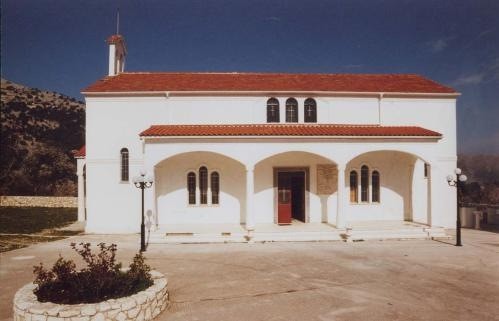
This very old Monastery of Kefalonia is built on the slope of Agia Dinati near Makriotika. The location of the monastery gives visitors the opportunity to admire wonderful view to Ithaca and the Ionian Sea. It was founded in the late 10th century, in a green location , through a forest of oaks . It owes its name to either the commander of this " issue" (“thema” in greek) of the island at that time or according to others, the fact that anyone who resorted to the assistance had " issues ", problems to deal with. You can see the old wooden temple, but the icon of Virgin Mary of Themata, whose litany takes place every Tuesday after Easter when the monastery celebrates. On the same day and there is a big festival in neighboring forest of bushes. You will arrive in Themata by asphalted road from Makriotika, after stopping of course several times along the way to admire the view! Read more
-
-
Chruch of Evaggelistria in Kastro

It is built in 1580 as it is written in marble inscription and is located within the walls of the Castle of Saint George. It was also the Cathedral of the medieval capital of Kefalonia, until it was moved to Argostoli. It is built in a single-aisled basilica style and has carved temple, while the old bell tower still stands and is under restoration. Read more
-
-
Church of Virgin Mary in Drapano

The church of Virgin Mary Mirtidiotissa in Drapano (or ' Drapaniotissa ' ) is the patron saint of Argostoli . The miraculous icon celebrates on September 24th , when a great litany takes place and goes through the Bridge Devosseto and ends at the Church of Saint Spyridon in Lithostroto. Every year there is a big festival in the yard of the church on the day of celebration, in which fireworks are thrown according to tradition: the temple was inaugurated in 1836 and since 1840 we have the first reports about fireworks which initially were thrown from the opposite hill to be seen by the surrounding villages as well. Read more
-
-
Monastery of Mother of God of Atros (Poros)

It is the oldest monastery in Kefalonia as it was constructed in the 8th century, during the Byzantine Era. After you climb on 760 meters from the sea, you can admire the medieval tower and Arhondariki. It was men’s commune and for many centuries it influenced the spiritual life of Poros lying down on the beach. It is celebrated on September 8th (Birthday of Mary), when believers from the surrounding area to the clean it to celebrate the solemn liturgy. Read more
-
-
Monastery of Mother of God of Agrilia in Sami

According to tradition, in the area where the monastery is today, back in 1722, two shepherds and their maid found the miraculous icon of Virgin Mary. All three took the decision to become monks and the monastery was built here. It is a male monastery and celebrates on the Assumption. During the 18th century Kosmas of Aetolia came through, in honor of whom a little church was built within the precincts of the monastery, which is celebrated on August 24th . It is linked to Sami by asphalt road. Read more
-
-
Monastery of St. Andreas the Apostle of Milapidia

In Peratata of Kefalonia, there is one of the oldest monasteries. Here the believers can venerate the relics of the Apostle Andrew tread that was donated by the Princess Roxanne from Romania when she came to the monastery to become a nun. The foundation of the monastery took place sometime in the Byzantine period. In 1264 it was referred as monastery in the Records of the Latin Diocese in Kefalonia. Later it was depopulated and re-founded in 1579 when three spiritual sisters decides to become nuns here. In 1639 princess Roxane Tzigara arrives here and she was renamed Romelia and donates to the Abbey all her great fortune. Among these was the invaluable part of the relics of the Apostle Andreas "the sole that should lie upon the flesh of the saint with the dried blood, as it is also evident from the wound from the pin of the crucifixion of Lord. And its aroma is distinctive and extremely intense "as the website of the Holy Metropolis of Kefalonia states.The monastery is only for women. The nuns are occupied with the textile industry, iconography, craftsmanship and hospitality, as well as farms and gardens . The monastery also cares about the maintenance of portable icons. The Monastery got its name from the characteristic tree " Milapidea " an apple and pear tree in combination that grows here . The old Catholic monastery survived from the earthquake of 1953 and now houses the museum of Kefalonia: among the exhibits there are medieval frescoes of the monastery of the Archangels of Milapidia, the shroud of national martyr Patriarch Gregory V and the shirt of Saint Panagis Basias, local Saint of Kefalonia. The temple was created in early 17th century . The frescoes of the church until the earthquake of 1953 were covered with lime: in 1832 the operation of the Convent was temporally stopped by the English conquerors who wanted to turn the monastery into a Protestant school . The Museum also has two handwritten letters of Saint Kosmas the Aetolian from the year 1777 and the Archdiocesan bag of Kefalonia embroidered by hand from 1715 to 1721 by the nun Theodora Kanali from Metaxata. On 30 November a great feast takes place in the monastery, honoring the memory of Saint Andreas. There is also a big festival on Friday after Easter ( Easter ) on the feast day of the Life-Giving Spring, which is the "second patron of the monastery ". In the monastery there are also the chapels of Archangels , Saint Nicolas Skardampelis , Saints Catherine, Paraskevi and Virgin Mary Merciful where festive liturgies take place. The monastery receives daily visits from 7:00 a.m. to 2:00 p.m. and 17:00 - 20:00 Read more
-
-
Saint Gerasimos

It is located on the plateau of Omala and it is the largest religious monument in Kefalonia having been established in 1560 by Saint Gerasimos , the patron saint of the island. Read more
-
-
Church of Virgin Mary Lagouvarda in Markopoulo (Fidiotissa or Fidoussa)

One of the most famous temples of Kefalonia, Virgin in Markopoulo accepts every year thousands of pilgrims and other “curious” guests. These are small karmless snakes having in their head four black dots in a shape of a cross! They appear between 6 and 16 August in the rocks behind the Frankish bell tower and crawl fearlessly between the world and in the church. Read more
-

